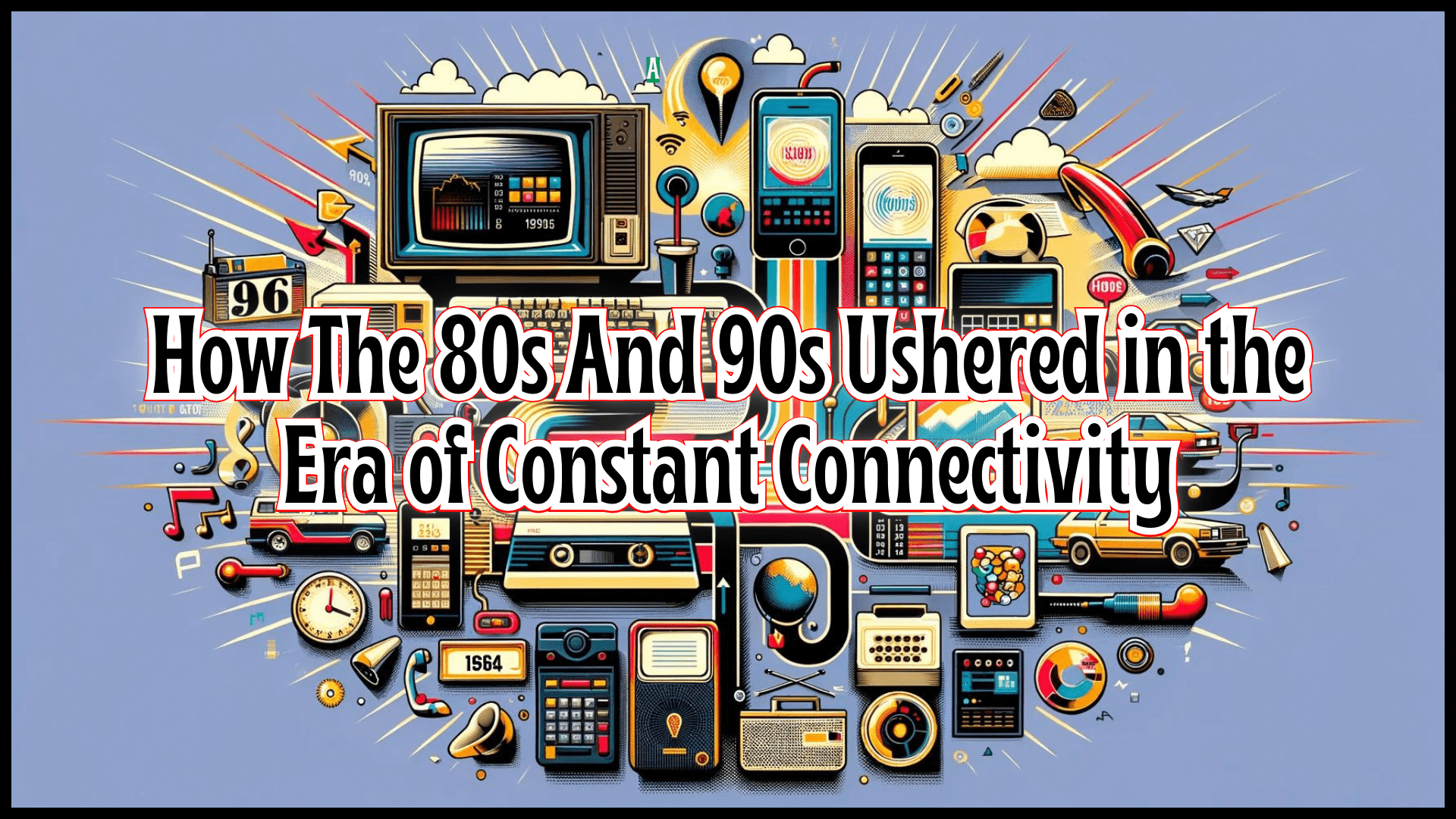
MSN: The Digital Pioneer That Transformed Online Communication
MSN, which stands for Microsoft Network, was a groundbreaking online service that played a pivotal role in shaping digital communication during the late 1990s and early 2000s. As one of the pioneering platforms in the internet era, MSN transformed how people connected, communicated, and shared information online.
The Origins of MSN
Early Beginnings
Microsoft launched MSN in August 1995 as a comprehensive online service designed to compete with America Online (AOL). Initially conceived as a proprietary online service, MSN quickly evolved to become a diverse internet portal offering multiple services to users worldwide.
Key Milestones
- 1995: Initial launch of MSN as an online service
- 1996: Introduction of MSN Messenger, a revolutionary instant messaging platform
- 2005: Rebranding of MSN Messenger to Windows Live Messenger
- 2013: Final discontinuation of the MSN Messenger service
MSN Messenger: Revolutionizing Digital Communication
The Rise of Instant Messaging
MSN Messenger was perhaps the most iconic product associated with the MSN brand. Launched in 1999, it became a cultural phenomenon among internet users, particularly teenagers and young adults. The platform offered:
- Real-time text messaging
- User status updates
- Custom emoticons and avatars
- File sharing capabilities
- Online gaming integrations
Social Impact
The MSN Messenger platform fundamentally changed how people communicated. It introduced:
- Instant global communication
- Personal expression through customizable profiles
- A new form of social interaction for the digital generation
MSN Web Portal: More Than Just Messaging
Comprehensive Online Experience
Beyond messaging, MSN developed a robust web portal that provided:
- News aggregation
- Weather updates
- Entertainment content
- Email services
- Search capabilities
Technological Innovation
MSN was at the forefront of integrating various online services, creating a one-stop digital destination for users seeking information, communication, and entertainment.
Technological Evolution and Challenges
Adapting to the Changing Digital Landscape
As social media platforms like Facebook and communication tools like Skype emerged, MSN faced significant challenges:
- Increased competition
- Changing user preferences
- Need for continuous technological innovation
Transition and Legacy
Microsoft gradually transitioned MSN services:
- MSN Messenger became Windows Live Messenger
- Web portal services were integrated into Microsoft's broader ecosystem
- Many features were absorbed into other Microsoft products
MSN Today: A Retrospective View
Historical Significance
While MSN may no longer exist in its original form, its impact on digital communication remains profound. It:
- Introduced millions to online communication
- Set precedents for future messaging platforms
- Demonstrated the potential of integrated online services
Lessons Learned
The MSN story offers valuable insights into:
- Technology's rapid evolution
- The importance of adaptability
- User-centric design in digital services
Technical Specifications and Requirements
Platform Compatibility
During its peak, MSN supported:
- Windows operating systems
- Limited Mac compatibility
- Web-based access
Communication Protocols
- Used proprietary Microsoft messaging protocols
- Implemented encryption for user messages
- Supported multimedia communication
Global Reach and Cultural Impact
International Expansion
MSN was not just a North American phenomenon:
- Localized versions in multiple languages
- Significant user bases in Europe, Asia, and Latin America
- Adapted to regional communication preferences
Cultural Significance
MSN Messenger became more than a communication tool—it was a cultural touchstone for a generation:
- Defined digital social interactions
- Created new forms of personal expression
- Bridged geographical communication barriers
Security and Privacy Considerations
User Protection Measures
MSN implemented various security features:
- User authentication
- Block and privacy settings
- Encryption of messages
- Age verification mechanisms
Privacy Evolution
As digital privacy concerns grew, MSN adapted its policies to protect user data and provide more control over personal information.
Conclusion: The Enduring Legacy of MSN
While MSN might seem like a relic of internet history, its contributions to digital communication are undeniable. It paved the way for modern messaging platforms, social networks, and integrated online experiences.
The story of MSN is a testament to technological innovation, adaptability, and the transformative power of digital communication. From its humble beginnings to its peak of popularity, MSN fundamentally changed how we connect, share, and interact in the digital age.
Additional Resources
For those interested in exploring the history of digital communication, consider researching:
- Early internet communication platforms
- Microsoft's technological evolution
- The impact of instant messaging on social interactions
Note: While MSN services have been discontinued, their legacy continues to influence modern communication technologies.
